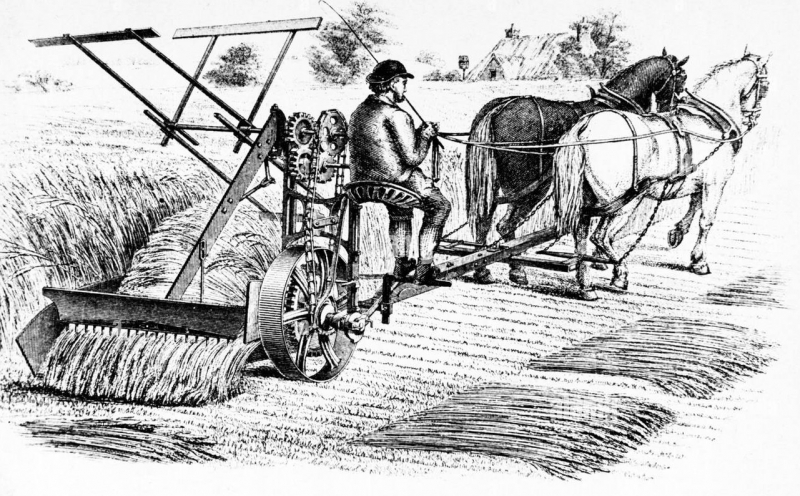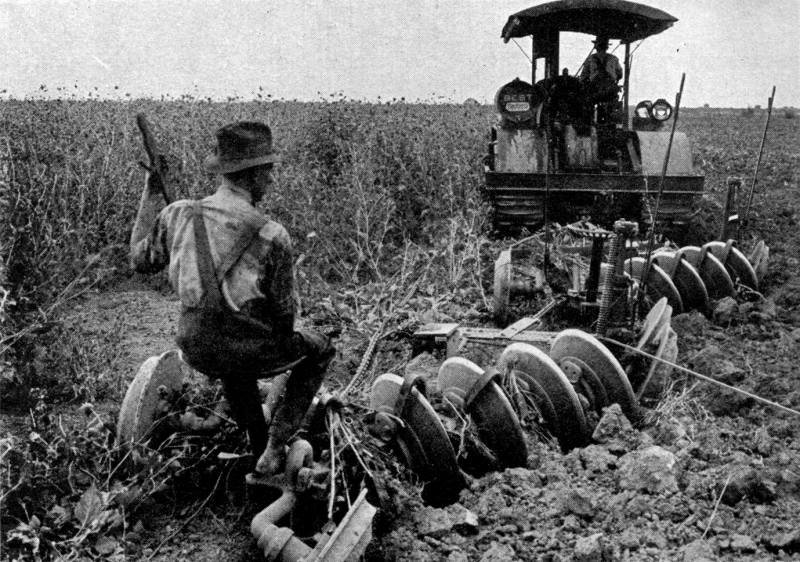Agricultural Revolution
The British Agricultural Revolution, sometimes known as the Second Agricultural Revolution, was an unparalleled increase in agricultural production in the United Kingdom caused by gains in labor and land productivity between the mid-seventeenth and late-nineteenth centuries. Over the century ending in 1770, agricultural output expanded faster than population, and productivity remained among the highest in the world.
This increase in food supply contributed to England and Wales' rapid population expansion, from 5.5 million in 1700 to over 9 million by 1801, while local production gave way to food imports increased in the nineteenth century as the population more than tripled to over 35 million. This resulted in a tremendous expansion in the country's population, which in turn provided a vast workforce for the factories and mines.
Using 1700 as a base year (=100), agricultural output per agricultural worker in Britain climbed consistently from approximately 50 in 1500 to around 65 in 1550, to 90 in 1600, to over 100 by 1650, to over 150 by 1750, and to over 250 by 1850. The increase in productivity hastened the reduction of the agricultural labor force share, adding to the urban workforce on which industry depends. People could leave the countryside and relocate to towns and cities where factories and mines were being built. Finally, in Britain, the Enclosure Movement resulted in increased private ownership of farms, forcing smaller farmers off their native land. This resulted in a large number of farmers migrating to towns and cities in search of work. As a result, a big workforce was developed, which industry and mine owners could then exploit.










